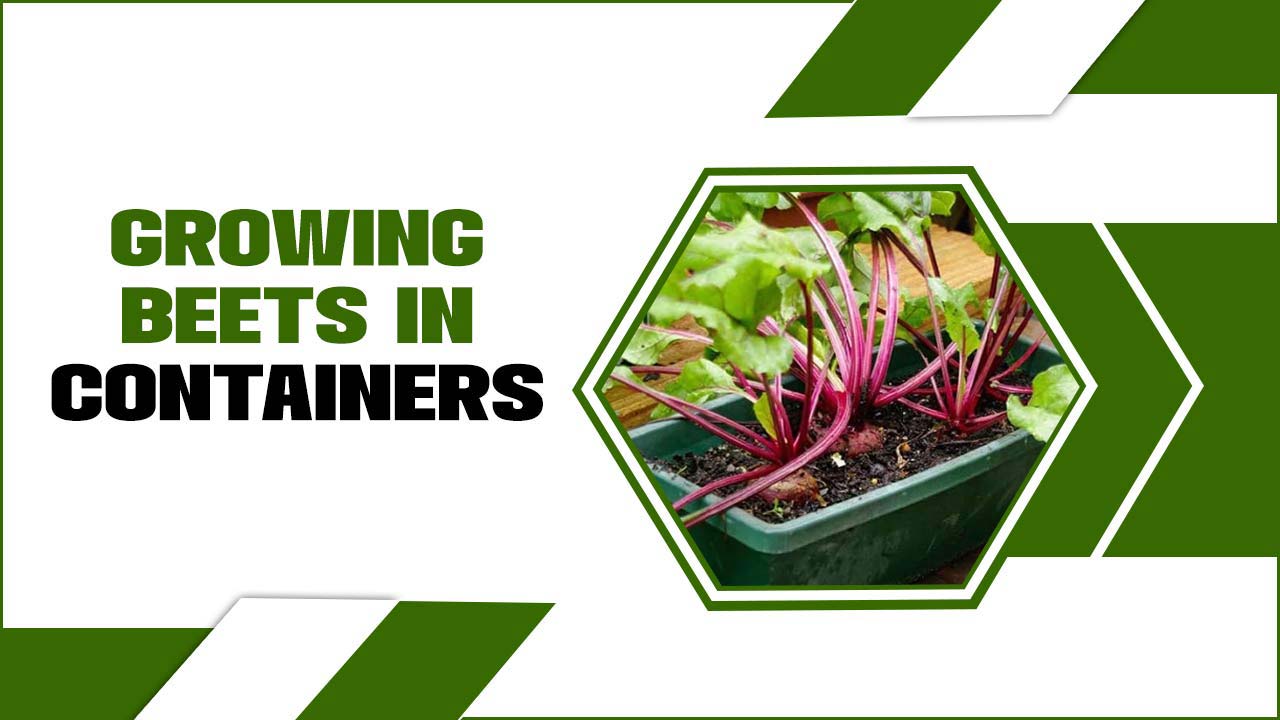For centuries, canning has been a time-honored practice to preserve food and extend its shelf life. Throughout history, people have canned all kinds of fruits and vegetables to ensure they have access to fresh, nutritious produce year-round.
One popular food item that is commonly canned is tomatoes. However, while many are familiar with the process of canning tomato sauce or diced tomatoes, there is a lesser-known technique called canning tomatoes whole. This method involves preserving whole, ripe tomatoes in jars, allowing them to retain shape and texture.
Here, we will explore the process of canning tomatoes whole, including the necessary equipment, step-by-step instructions, and tips for achieving the best results. Whether you are a seasoned canner looking to try something new or a beginner wanting to learn the basics, this guide will provide all the information you need to master the art of canning tomatoes whole.
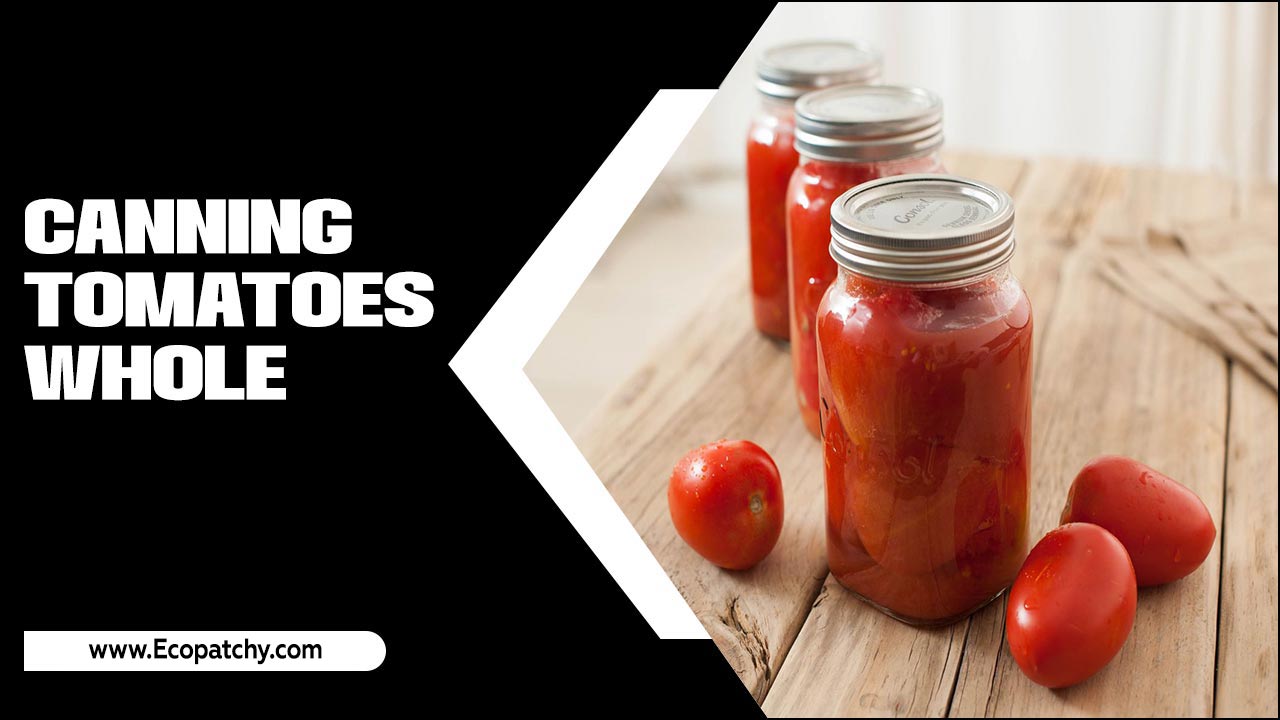
Canning Tomatoes Whole – 8 Simple Steps
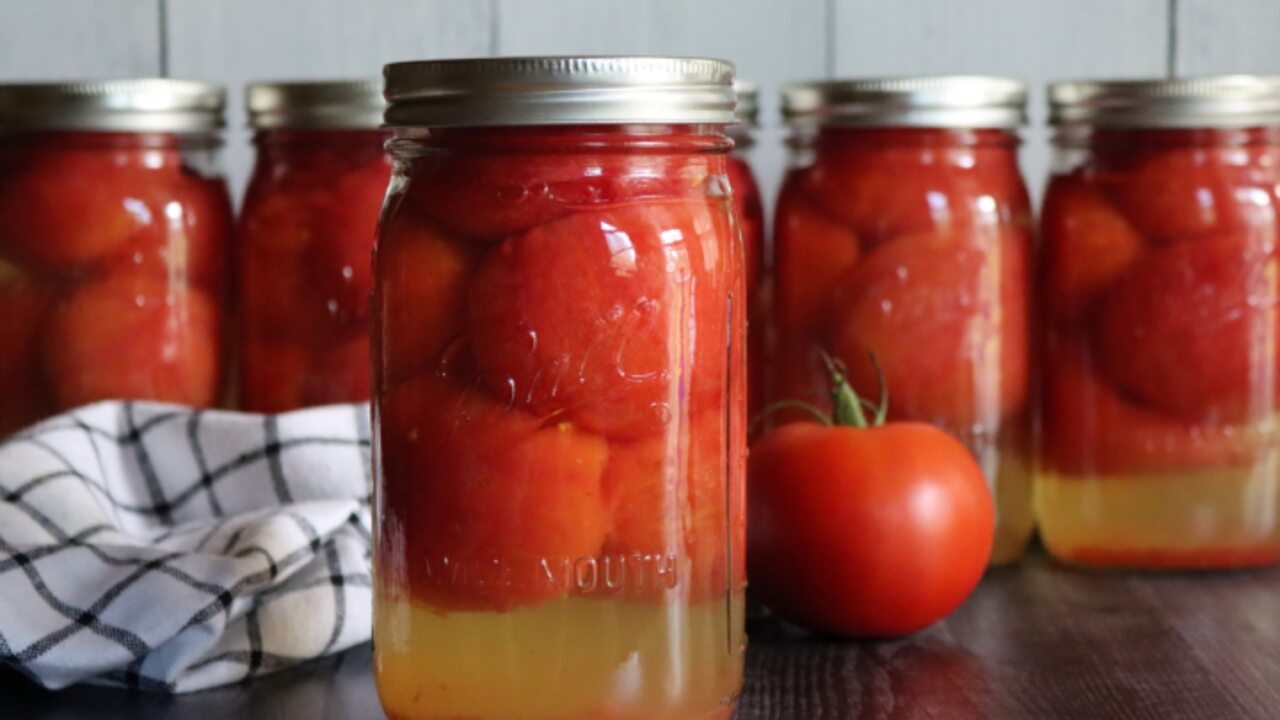
Canning tomatoes whole is a preservation method in which fresh tomatoes are packed whole into jars and processed in a boiling water bath or pressure canner. This process helps extend tomatoes’ shelf life and allows you to enjoy them throughout the year.
To can tomatoes whole, start by selecting ripe and firm tomatoes. Wash them thoroughly and blanch them in boiling water for about 1 minute. After blanching, transfer the tomatoes to a bowl of ice water to cool them down quickly. Once the tomatoes are cool, remove the skins and cores. Pack the whole tomatoes into clean, sterilized jars, leaving about 1/2 inch of headspace.
Add a pinch of salt or a teaspoon of lemon juice to each jar to help preserve the tomatoes’ flavor. Next, pour boiling water or tomato juice over the tomatoes, again leaving 1/2 inch of headspace. Use a non-metallic utensil to remove air bubbles and adjust the liquid level if necessary.
1.Prepare The Tomatoes

Wash the tomatoes thoroughly. Remove any stems or leaves from the tomatoes and set them aside. Fill a large pot with water and bring it to a boil. Carefully place the tomatoes into the boiling water and cook for 1-2 minutes or until the skins split.
Using a slotted spoon, transfer the tomatoes to a bowl of ice water to cool them down quickly and stop cooking. Once cooled, peel off the skins of the tomatoes, which should come off easily. Keep the peeled tomatoes whole; canning them in this form will retain their shape and flavor.
2.Blanch The Tomatoes
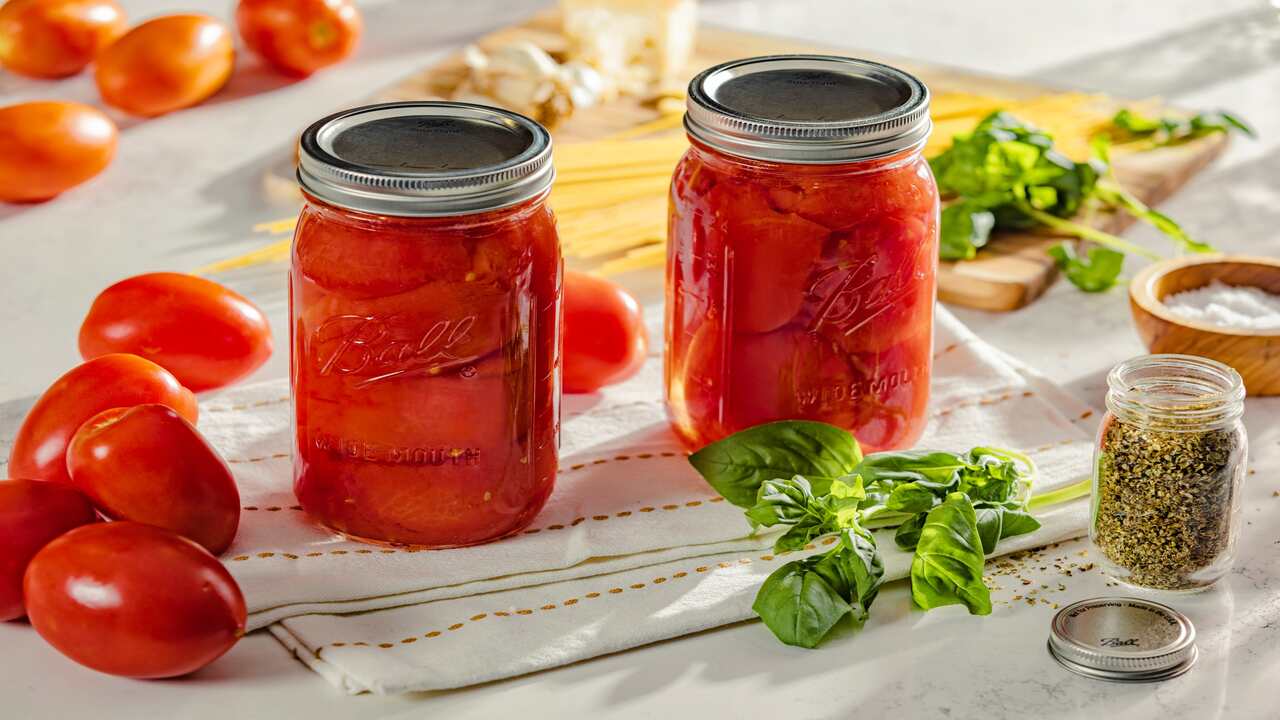
Fill a large bowl with ice water and set it aside. Place the tomatoes in a pot of boiling water for about 1-2 minutes or until you notice the skins starting to loosen. Using a slotted spoon, carefully transfer the tomatoes from the boiling water into the ice water bath to stop the cooking process.
This blanching method will help the skins easily peel off, ensuring a smooth and appealing texture for your canned tomatoes. Once the tomatoes have cooled down, gently remove and discard the skins. Now, you’re ready to move on to the next step of canning tomatoes whole.
3.Peel The Tomatoes
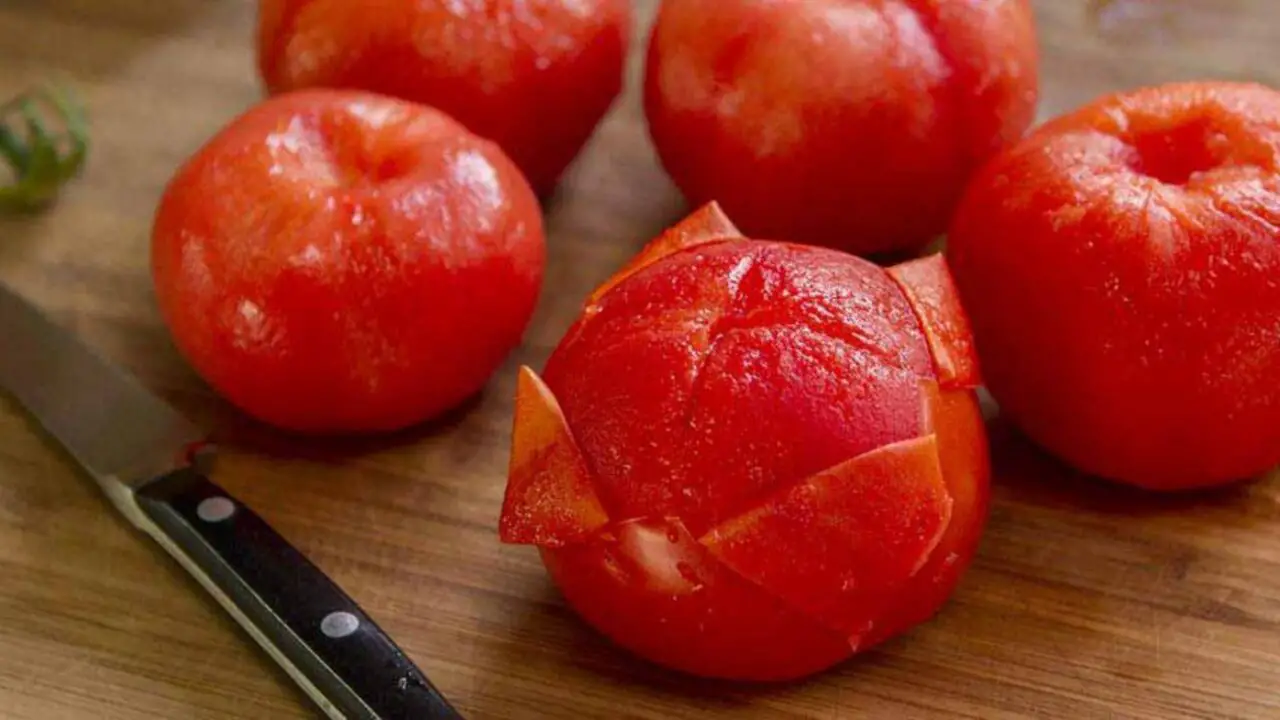
Once the tomatoes are ripe and ready, the first step in canning tomatoes whole is to peel them. This can be achieved by blanching the tomatoes in boiling water for a few seconds and then transferring them into an ice bath. The sudden change in temperature helps to loosen the skins, making them easier to remove.
Once you cool them, you can easily peel off the skins, revealing the vibrant and juicy flesh of the tomatoes. This step is essential to ensure the canned tomatoes’ smooth and pleasant texture. Additionally, removing the skins helps improve the final product’s overall quality and taste.
4.Prepare The Jars
Prepare the jars by washing them thoroughly with hot, soapy water. Rinse them well and inspect each jar for any cracks or chips. Discard any damaged jars, as they may not seal properly. Next, sterilize the jars in a large pot filled with boiling water. Let the jars simmer in the boiling water for about 10 minutes to ensure they are completely sterilized.
While sterilizing the jars, prepare the lids and rings by placing them in a separate pot of simmering water. This will soften the rubber seal on the lids and ensure a proper seal when canning the tomatoes. Once the jars and lids are ready, carefully remove them from the pots using tongs and place them on a clean towel to dry.
5.Cook The Tomatoes

Once you have selected your fresh, ripe tomatoes, it is time to prepare them for canning. The first step is gently washing the tomatoes under cold running water to remove dirt or debris. Next, boil a large pot of water and carefully place the tomatoes into the boiling water.
Leave them in the boiling water for about 30 seconds to a minute or until you notice the skin starting to loosen. Transfer the tomatoes to a bowl of ice water using a slotted spoon to cool off rapidly. This process, known as blanching, helps to make the tomatoes easier to peel. Once the tomatoes have cooled, you can easily remove the skin by gently pulling it off with your fingers or using a paring.
6.Fill The Jars
Fill the jars with the prepared whole tomatoes, leaving about ½ inch of headspace. This is important as it allows room for expansion during the canning process. Gently press down on the tomatoes to release any air bubbles trapped within.
Use a clean, non-metallic utensil, such as a plastic spatula, to remove air pockets and ensure the tomatoes are tightly packed. Once the jars are filled, clean the rims with a damp cloth to remove any residue that could interfere with the sealing process.
7.Process The Jars
After carefully packing the tomatoes into the jars, it is important to process them to ensure long-term preservation. Place the filled jars into a large pot of boiling water, ensuring that they are fully submerged. The boiling water bath will create a high-temperature environment that will kill any bacteria or microorganisms in the tomatoes, preventing spoilage.
The processing time will vary depending on the size of the jars and the altitude of your location, so it is essential to consult a reliable canning guide for specific instructions. Once the specified processing time is complete, carefully remove the jars from the pot using canning tongs and place them on a clean kitchen towel to cool. As the jars cool, you may hear a satisfying “pop” sound, indicating.
8.Store The Canned Tomatoes
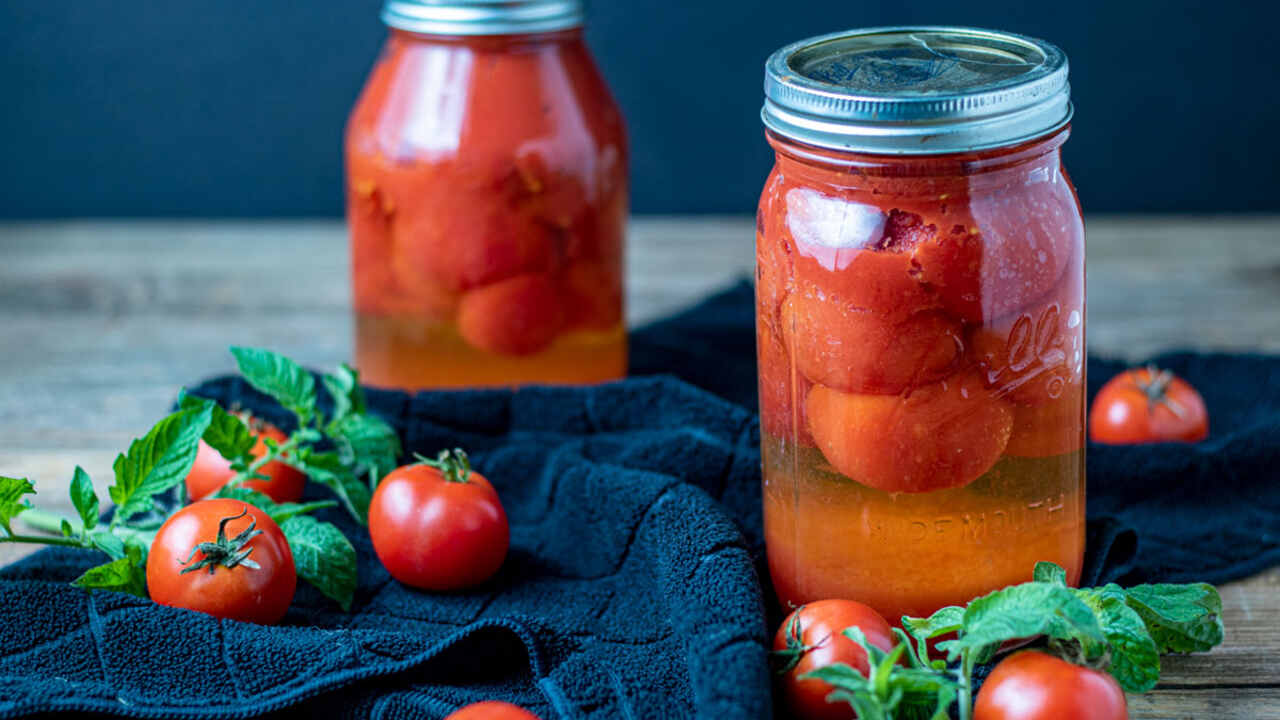
After canning tomatoes whole, it is important to store them to ensure their freshness and longevity properly. You should start by checking the jars’ seals to ensure they are tight and secure. Place the jars in a cool, dark, and dry area, such as a pantry or cellar, away from direct sunlight and extreme temperatures.
It is recommended to rotate the jars occasionally to prevent any potential spoilage. Also, labeling the jars with the canning date can help you keep track of their freshness. Following these storage guidelines, you can enjoy the delicious taste of canned tomatoes throughout the year in soups, stews, and pasta sauces.
Storage And Shelf Life
Storage and Shelf Life for Canned Whole Tomatoes: Canning whole tomatoes is a great way to preserve their freshness and extend their shelf life. By canning them whole, you can enjoy the delicious taste of fresh tomatoes even during the off-season months.
The process of canning tomatoes whole involves carefully selecting ripe and firm tomatoes, washing them thoroughly, and then blanching them to remove the skin. Once peeled, the tomatoes are then packed into sterilized jars, along with a bit of salt or citric acid for preservation. Here’s some information on the storage and shelf life of canned whole tomatoes:
- Storage: Canned whole tomatoes should be stored in a cool, dry place. A pantry or cupboard is an ideal location. It is important to keep them away from direct sunlight and sources of heat, as this can affect their quality.
- Shelf Life: When properly canned, whole tomatoes can have a shelf life of up to 1 to 2 years. It is important to check the expiration date on the cans and consume them before that date for the best quality.
- Handling: When handling canned whole tomatoes, checking for any signs of damage or bulging is essential. If a can appear damaged or bulging, it should not be consumed, as it may be a sign of spoilage. Always follow proper food safety guidelines when handling and storing
Troubleshooting Common Issues
Troubleshooting Common Issues during the process of Canning Tomatoes Canning tomatoes whole is a popular method for preserving the fresh flavors of ripe tomatoes. However, like any food preservation technique, it has challenges.
During the canning process, several common issues can arise that may affect the quality and safety of the final product. One of the most common issues is improper sealing of the jars. A properly sealed jar is essential to prevent the growth of bacteria and other microorganisms. Whole:
- Spoiled Or Moldy Tomatoes: Ensure that you are using fresh, ripe tomatoes for canning. Discard any tomatoes that show signs of spoilage or mold.
- Insufficient Processing Time: Follow the recommended processing time for canning tomatoes whole. Insufficient processing time can lead to undercooked tomatoes, which may spoil or become unsafe to consume.
- Improper Seal: Check the seals on your canned tomatoes to ensure they are tight and secure. A loose or improperly sealed jar may result in spoilage or contamination.
- Cloudy Liquid: If the liquid in your canned tomatoes appears cloudy, it could be due to excessive air trapped inside the jar. Ensure proper headspace when packing the tomatoes and remove any air bubbles before sealing.
- Loss of Liquid: If you notice that the liquid inside the jar has decreased significantly, it could be a sign of improper sealing.
Creative Recipes And Ideas For Using Canned Tomatoes
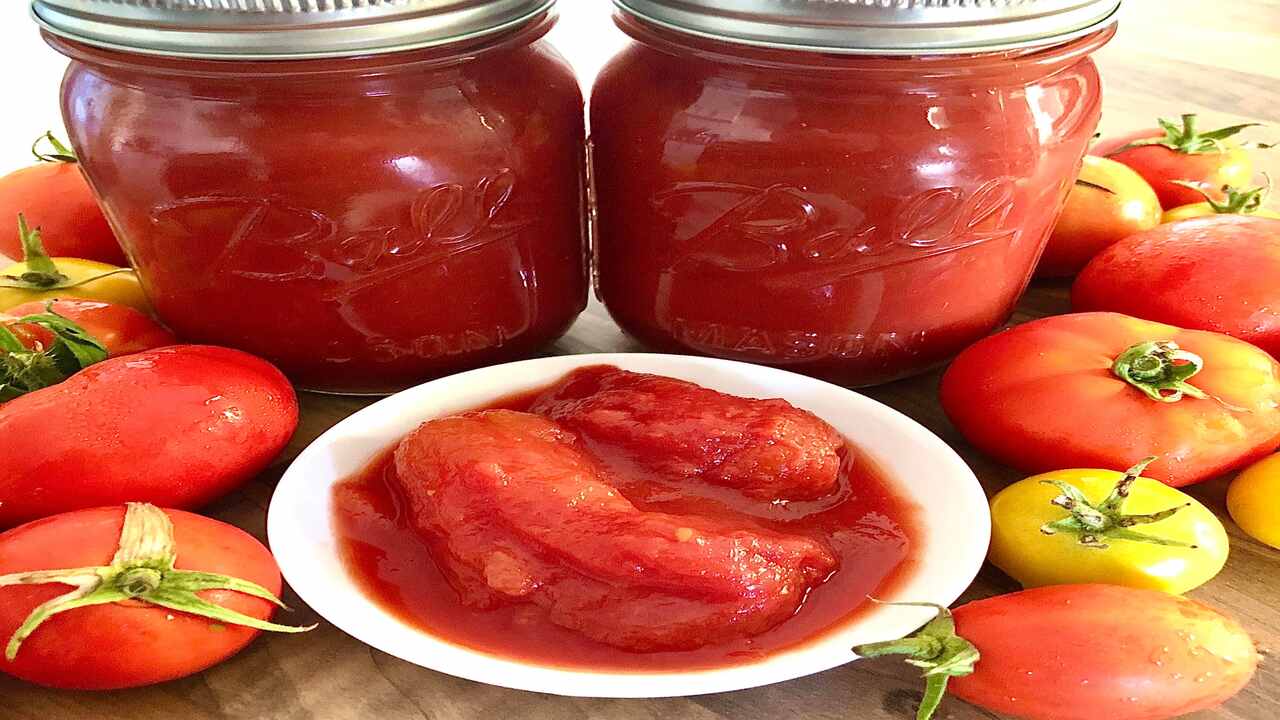
Creative Recipes and Ideas for Using Canned Tomatoes Canning tomatoes whole is a fantastic way to preserve their freshness and flavor, allowing you to enjoy their taste all year round. But what can you do with these canned tomatoes once stored in your pantry? The possibilities are endless!
With a little creativity, you can transform these humble canned tomatoes into mouthwatering dishes that will impress your family and friends. From hearty tomato soups and rich pasta sauces to flavorful stews and tangy salsas, there’s no limit to the delicious recipes you can concoct using canned tomatoes.
- Classic Marinara Sauce: Use canned tomatoes as a base for a delicious homemade marinara sauce. Simply sauté garlic and onions, then add canned tomatoes, herbs, and spices. Simmer for a while and enjoy with your favorite pasta dish.
- Tomato Soup: Make a comforting tomato soup using canned tomatoes. Sauté onions and garlic, add canned tomatoes, vegetable broth, and your choice of seasonings. Blend it all together for a creamy and flavorful soup.
- Stewed Tomatoes: Create a flavorful side dish by stewing canned tomatoes with onions, bell peppers, and your preferred herbs and spices. Serve it as a side to meats or a rice or pasta topping.
- Pizza Sauce: Whip a delicious pizza sauce using canned tomatoes. Simmer the tomatoes with garlic, herbs, and spices until thickened. Spread it on your pizza crust and top with your favorite ingredients for a homemade
Safety Precautions And Best Practices
Safety Precautions and Best Practices for Canning Tomatoes Canning tomatoes whole is a great way to preserve their freshness and flavor for an extended period. However, following safety precautions and best practices is crucial to ensure the canning process is correct and the final product is safe to consume.
Firstly, always start with fresh and ripe tomatoes, as overripe or spoiled tomatoes can affect the quality of the canned product. It is essential to wash the tomatoes thoroughly before canning to remove any dirt or contaminants. Whole:
- Start by selecting ripe and blemish-free tomatoes for canning. Avoid using overripe or damaged tomatoes.
- Wash the tomatoes thoroughly under running water to remove any dirt or impurities.
- Prepare a large pot of boiling water and a bowl of ice water. Make a small “X” mark on the bottom of each tomato using a knife.
- Blanch the tomatoes in water for about 30 seconds, then immediately transfer them to the ice water bath. This process helps in easy removal of the tomato skins.
- Once cooled, remove the skins by gently peeling from the “X” mark.
- Sterilize canning jars and lids in hot, soapy water, or run them through the dishwasher.
- Pack the peeled tomatoes into the sterilized jars, leaving about 1 inch of headspace.
Conclusion
canning tomatoes whole is a great way to preserve the freshness and flavor of the summer harvest. With the proper techniques and equipment, it can be a simple and rewarding process. Whether you are a beginner or an experienced canner, preparing and storing your tomatoes properly will ensure that you can enjoy them throughout the year.
One of the key benefits of canning tomatoes whole is that it allows you to capture the vibrant colors and textures of the tomatoes. By preserving them in their entirety, you can maintain the fruit’s integrity and enjoy the burst of flavors in various culinary creations.
From using them in soups and stews to making homemade pasta sauces and salsas, having a pantry stocked with canned whole tomatoes provides endless possibilities for delicious meals. So go ahead and give canning whole tomatoes a try, and savor the taste of summer all year long.
FAQs
1.What Is The Best Variety Of Tomatoes To Use For Canning Them Whole?
Ans: The best variety of tomatoes to use for canning them whole would be Roma tomatoes. They are known for their meaty texture and low water content, making them ideal for canning. Their shape and size also make them easier to pack into jars. Roma tomatoes have a rich flavor that intensifies when cooked, making them perfect for preserving their taste through the canning process.
2.What Is The Recommended Process For Preparing?
Ans: The recommended preparation process varies depending on the specific context or task. However, in general, a recommended process for preparing involves several key steps. These steps may include setting clear goals and objectives, conducting research or gathering necessary information, creating a plan or outline, organizing materials or resources, practicing or rehearsing if applicable, and reviewing and revising as needed.
3.How Long Should The Canned Tomatoes Be Processed In A Water Bath Canner For Optimal Safety?
Ans: Canned tomatoes should be processed in a water bath canner for at least 35 minutes for pint-sized jars and 45 minutes for quart-sized jars to ensure optimal safety.
4.Are There Any Specific Precautions?
Ans: Yes, there are specific precautions that should be taken in various situations. For example, when dealing with hazardous materials, wearing protective clothing, gloves, and goggles is important to prevent exposure. Hand hygiene, wearing masks, and maintaining distance are important in healthcare to prevent spreading infections.
5.Can Whole Canned Tomatoes Be Used In Recipes That Call For Diced?
Ans: Yes, whole canned tomatoes can be handy in recipes for diced tomatoes. Simply use a knife or kitchen shears to chop or dice the whole tomatoes into smaller pieces before adding them to your recipe.




